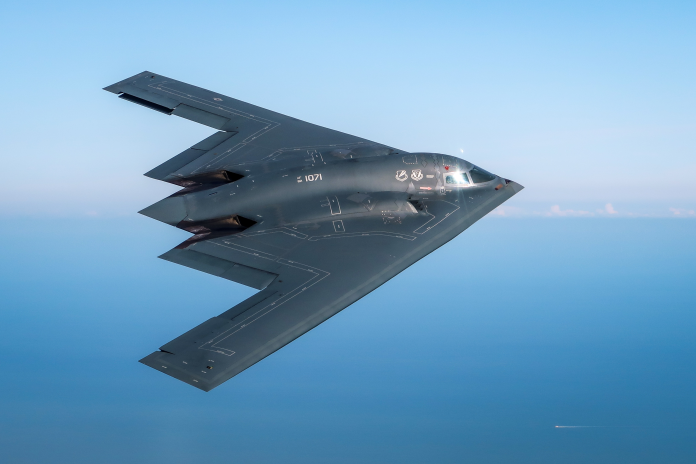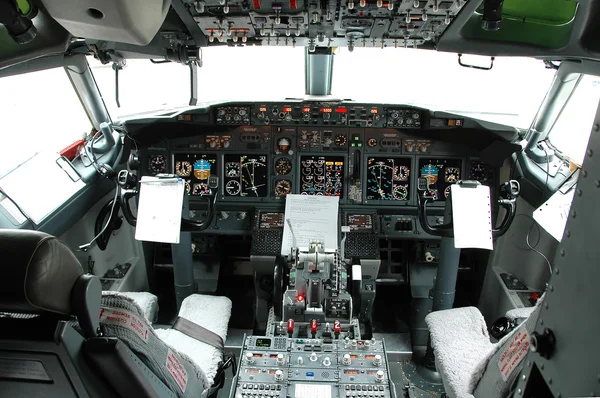
“Air superiority is the highest high ground,” U.S. Air Force General Carl Spaatz said during World War II. Almost eight decades on, that reality continues to inform the state of global power. In 2025, the battle for supremacy in the air is characterized not just by the quantity of aircraft a country can mobilize, but by the quality of their fleets, the range of its technology, and the tactics driving their deployment.
The most current rankings of World Population Review expose the ten largest air forces in military fleets, from the unmatched American air armada to the emerging prowess of regional players such as India, Japan, and Pakistan. But underneath the bald figures lies a more complex narrative one of stealth advances, revivals of strategic bombers, indigenous fighter programs, and the geopolitical plays that render air power an integral support for national defense. Here are seven of the most powerful trends transforming the world’s largest air forces today.

1. America’s Air Dominance Unmatched
With 14,486 military aircraft among its Air Force, Navy, Marines, and Army, the United States controls the largest and most technologically superior air force fleet in history. Its inventory ranges from stealth fighters such as the F-35 Lightning II and F-22 Raptor to strategic bombers like the B-2 Spirit, and a vast range of tankers, transports, and special mission planes.
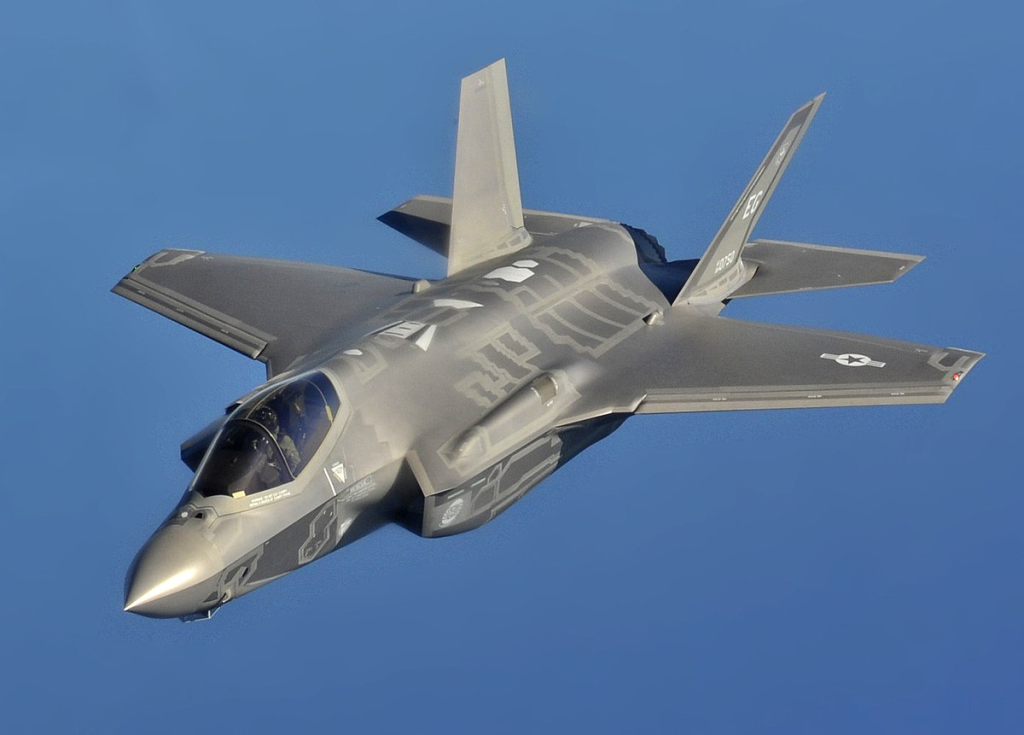
Recent action highlights this dominance. In June 2025, F-22s led Operation Midnight Hammer, covering B-2 bombers in attacks on Iranian nuclear facilities the first direct employment of the Raptor against the forces of a nation-state. Modernization is coming faster: the F-22 is being outfitted with a new Infrared Defensive System, helmet-mounted displays, and stealth fuel tanks to maintain its advantage versus Chinese and Russian developments. This scale, reach, and ongoing upgrade guarantee U.S. air power the model others try to emulate.
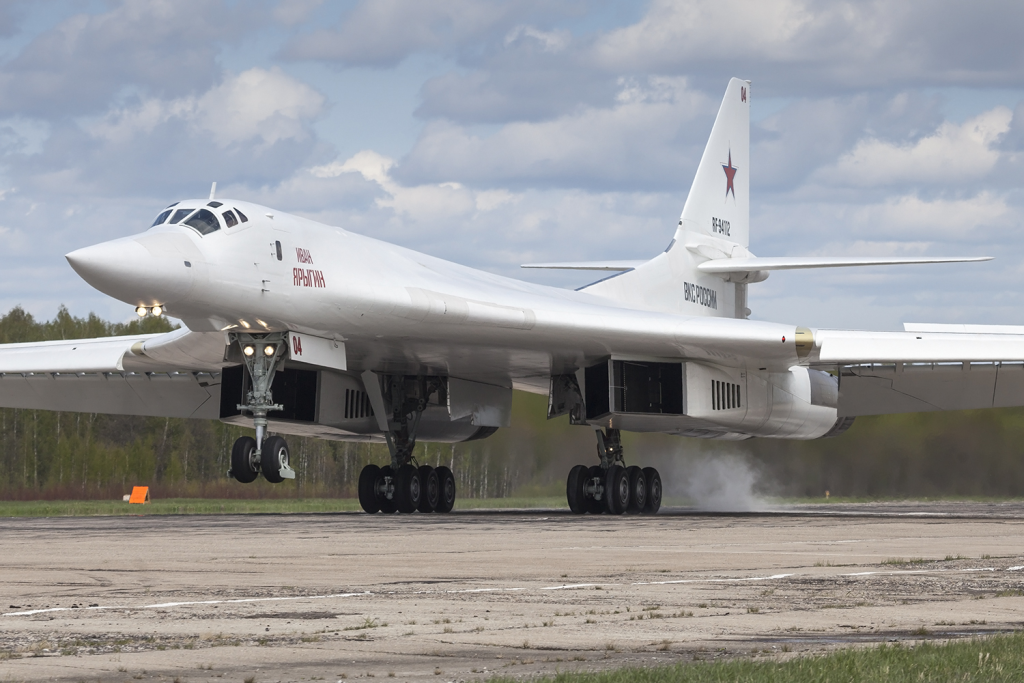
2. Russia’s ‘White Swan’ Bomber Makes a Return
Russia’s 4,292 military planes feature the powerful Tu-160M “White Swan,” the fastest operational bomber in the world, with a speed of Mach 2.05, and the capability to carry as much as 88,000 pounds of weapons. Upgrades have introduced new NK-32-02 engines, state-of-the-art avionics, and compatibility for long-range Kh-101 cruise missiles.
Following Ukraine’s aggressive June 2025 drone attacks on bomber bases, Moscow redeployed Tu-160s to Anadyr in the Far East nearer Alaska than Moscow. This action was a defensive dispersal and a deliberate demonstration of range, making NORAD consider a nuclear-capable platform in direct striking range of North America. The Tu-160’s return is an indicator of Russia’s resolve to maintain strategic deterrence regardless of slippage in its next-generation stealth bomber.
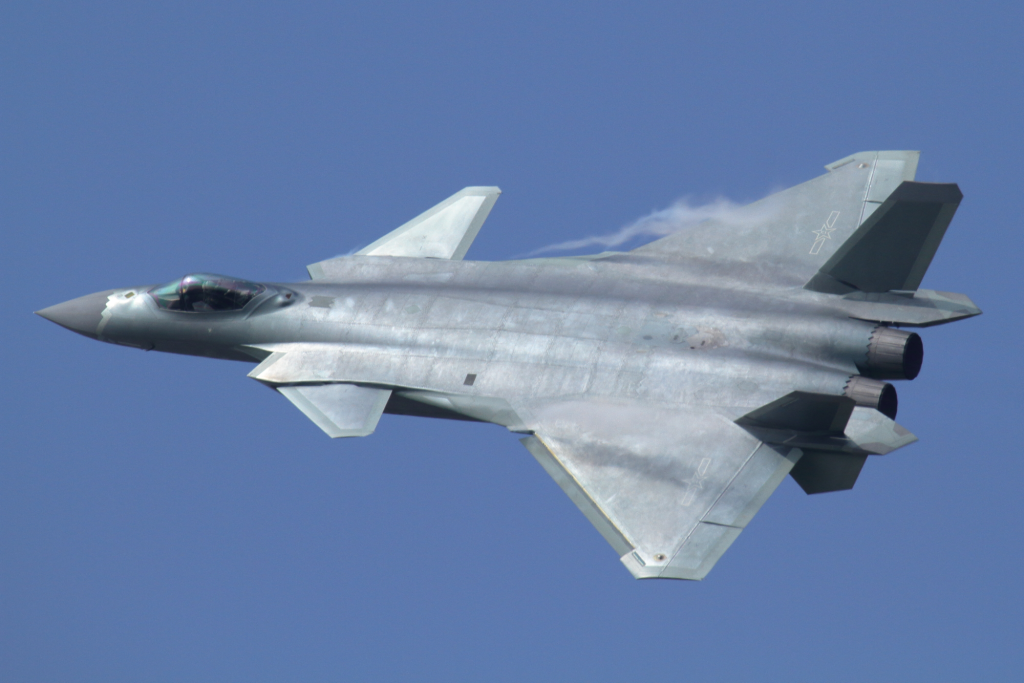
3. China’s Stealth Fighters Expand Technological Frontiers
China’s 3,304 warplanes are centered by the Chengdu J-20 “Mighty Dragon,” now bolstered with a silicon carbide radar module breakthrough that has allegedly tripled detection range. Versions include the twin-seat J-20S, perhaps intended to command ‘loyal wingman’ unmanned aerial vehicles in disputed airspace.
The operational history of the J-20 includes surreptitious penetrations into heavily surveilled areas such as the Tsushima Strait, avoiding detection by U.S., Japanese, and South Korean defenses. With production levels of up to 120 airframes a year and projections of more than 1,000 by 2035, China is setting the J-20 both as regional and global test to U.S. air supremacy.
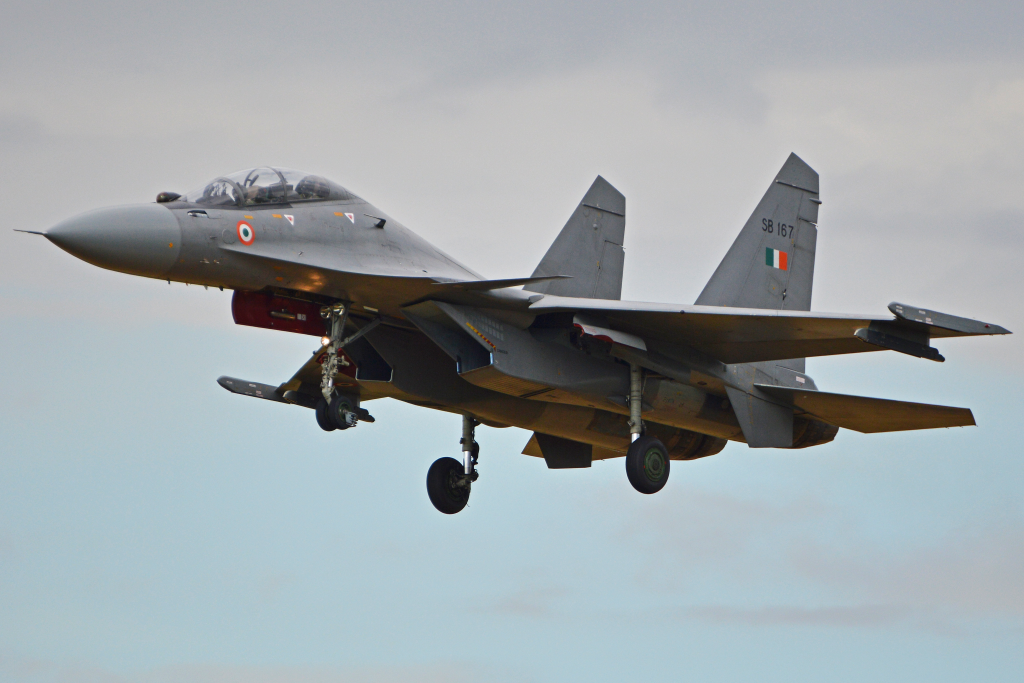
4. India’s Growing Indigenous Fighter Programs
India’s 2,296 aircraft position it fourth in the world but its path is characterized by aggressive modernization. The Indian Air Force is refitting 84 Su-30MKIs to “Super Sukhoi” configuration with GaN-based AESA radars, advanced self-protection systems, and AI-powered cockpits. Indigenous initiatives are accelerating: 83 Tejas Mk1A fighters are on contract, with the Mk2 and fifth-generation AMCA under development.
These initiatives are the move to restore squadron levels towards the long-pursued target of 42 units to meet the threat from China and Pakistan simultaneously. The upgrades, along with procurements such as the 26 Rafale-Ms for carrier aviation, indicate a move towards increased self-reliance under the “Make in India” program.
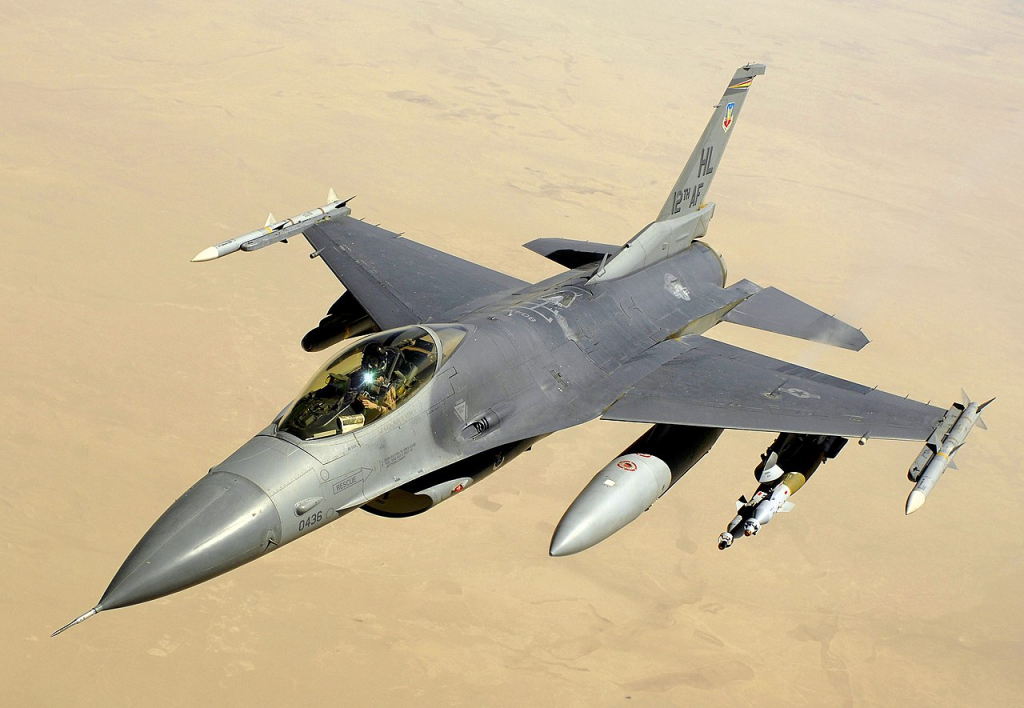
5. Pakistan’s Balancing Act Between Legacy and New Platforms
Pakistan’s 1,434 aircraft feature U.S.-donated F-16s, Chinese JF-17 Thunders, and just-added J-10Cs. However, the F-16 fleet has engine shortages, U.S. export controls, and maintenance backlogs, grounding many of its airframes. The JF-17 Block III, equipped with KLJ-7A AESA radar and PL-15 missiles, is filling the gap, although its capabilities against advanced Indian fighters have not been tested yet.
In the future, Islamabad is eyeing up to 40 Chinese J-35A stealth fighters equipped with PL-17 missiles. This modernization drive assisted by strengthening defense relations with China and Turkey is meant to counter India’s qualitative advantage despite Pakistan’s financial challenges.
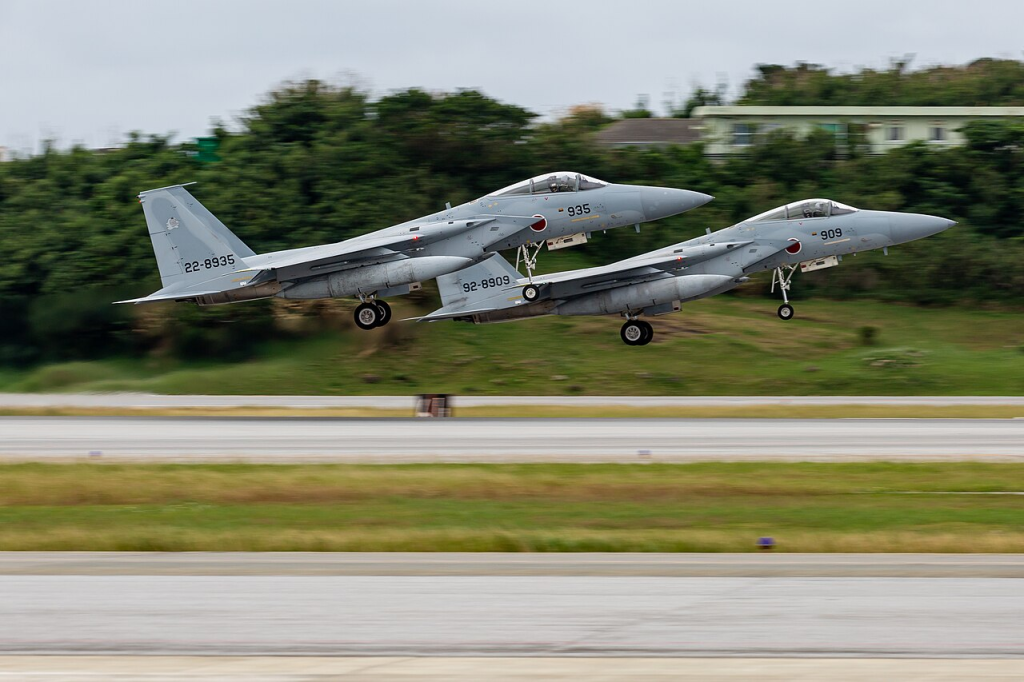
6. Japan and South Korea Invest in Next-Gen Fighters
Japan has 1,459 aircraft, with F-35s and improved F-15Js, but Tokyo is also a partner in the Global Combat Air Programme for a sixth-generation fighter. South Korea, with 1,171 aircraft, is developing its KF-21 Boramae program, with 70% of Block 1 flight tests completed. Future Block 2 upgrades will feature internal weapons bays and increased stealth.
Conceptual versions of the KF-21EX include deep-strike capabilities with 2,000-pound-class internally carried munitions coupled with ‘loyal wingman’ drones to provide suppression of enemy air defenses. These changes represent Northeast Asia’s emphasis on survivability and precision in high-threat zones.

7. France’s Rafales and the Return of Dispersed Operations
France’s 972 aircraft might be tenth ranked, but its Rafale force is at the heart of NATO and national nuclear deterrence. In 2025, exercise Pégase 25 deployed nuclear-capable Rafales to Sweden, while simultaneous Jade exercises scattered Mirage 2000s to several airfields without warning updating Cold War survivability techniques.
This twin focus on quick deployment and allied integration is an indication of Paris’s preparations for major-level contingencies in Europe. With a fourth nuclear-armed base in the pipeline and the nascent ASN4G hypersonic missile in development, France is solidifying its status as Europe’s standalone nuclear power.

The 2025 air power rankings tell us more than the number of aircraft more about the changing strategies, technological advances, and geopolitical equations influencing the skies. From the U.S.’s consistent supremacy to China’s stealth wave, Russia’s bomber resurgence, and the indigenous drives of India, Japan, and South Korea, each country’s decision mirrors its conception of security in a progressively contested air domain. Here, numbers are important, but capability, flexibility, and strategic intention are even more important.
